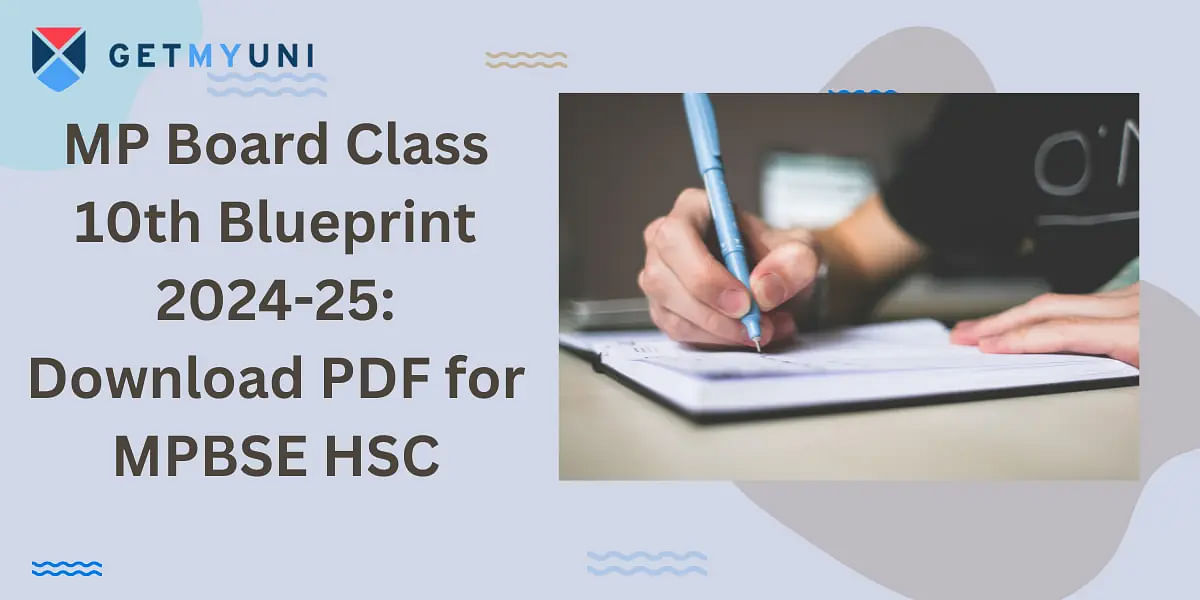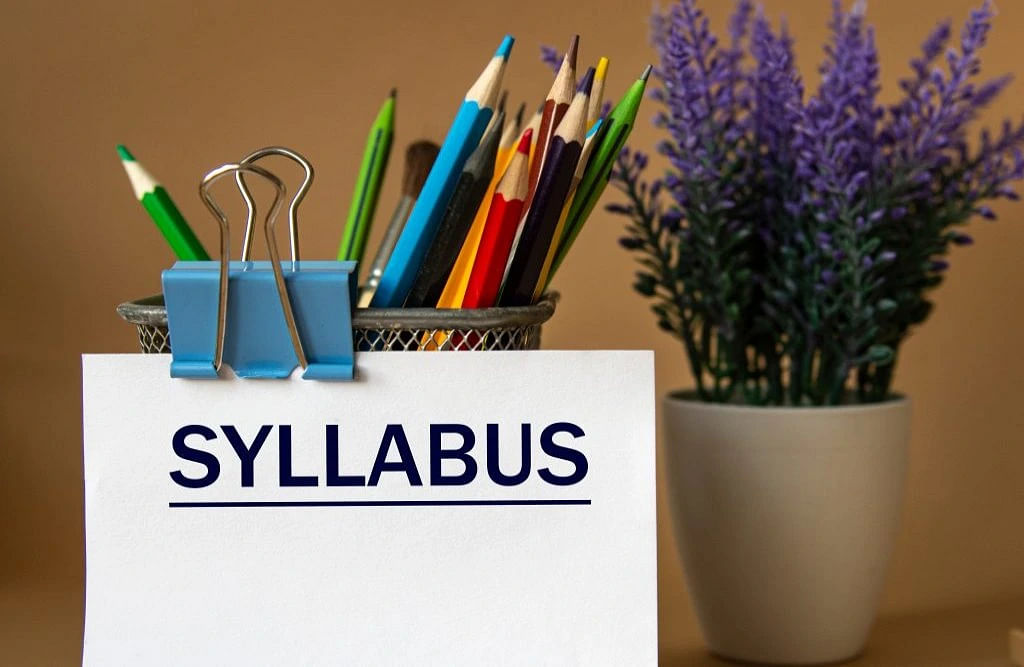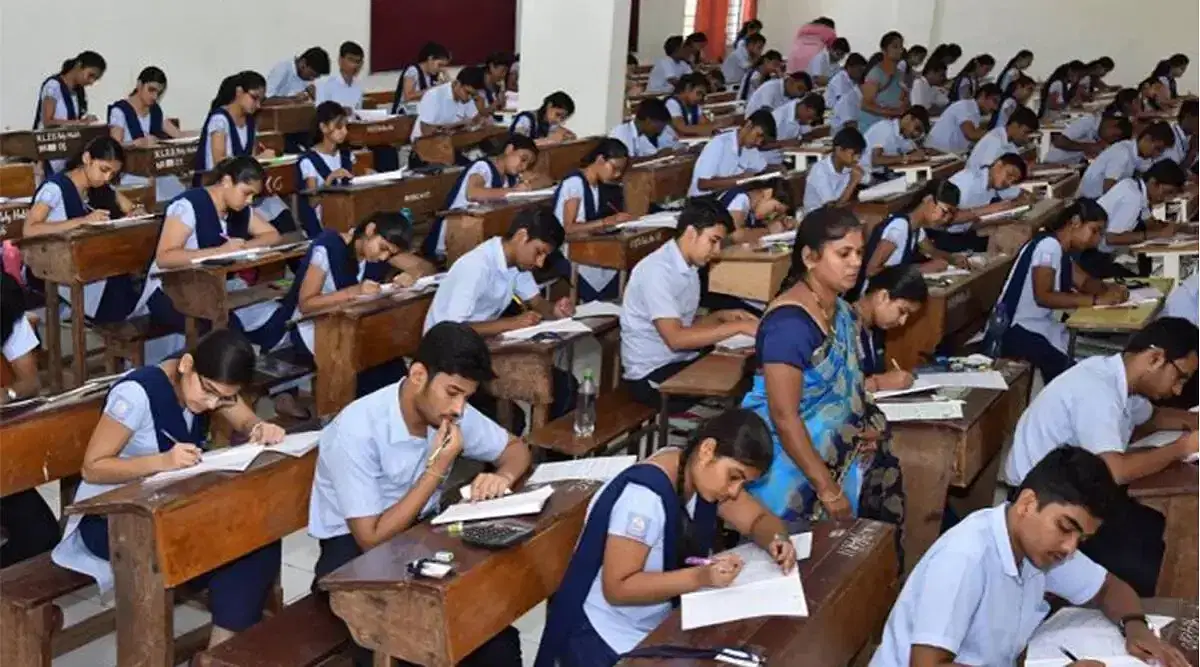MPBSE Class 10 Physics Latest Syllabus 2025-26: Download Latest and Revised MPBSE Class 10th Physics Syllabus PDF
Table of Contents
The Madhya Pradesh Board of Secondary Education (MPBSE) has carefully structured the class 10th Physics syllabus to provide students with a comprehensive understanding of fundamental physical concepts and their real-life applications. The syllabus covers essential topics such as electricity, magnetism, light, work, energy, and sources of energy, aiming to build both conceptual clarity and practical knowledge. By focusing on the laws of motion, reflection and refraction, and electromagnetic effects, the syllabus prepares students for advanced studies in science and related fields like engineering and technology.
In addition to theoretical knowledge, the MPBSE Physics syllabus places significant emphasis on practical applications, enabling students to connect scientific principles with everyday phenomena. Students are assessed through a combination of theoretical exams and practical evaluations, ensuring a balanced understanding of the subject. This syllabus also equips students for competitive exams such as NTSE and scholarships, laying a strong foundation for further education. The official syllabus can be accessed through the MPBSE website or trusted educational platforms for detailed updates and study planning.
Also Read: MPBSE 10th Board Exam 2026
MPBSE Class 10th Physics Syllabus
The Physics syllabus is part of the overall Science syllabus. Below is a chapter-wise breakdown of the Physics portion of the syllabus:
| Unit | Chapter Name | Topics Included | Additional Details |
| Unit I: Effects of Current | 1. Electricity | Electric charge, electric current, potential difference, Ohm’s law, series and parallel circuits, resistivity, heating effects, electrical energy, and power | Detailed study of Ohm’s law, applications of series and parallel circuits in daily life (e.g., household wiring), factors affecting resistance in conductors. |
| Practical: Measuring the resistance of a wire, verification of Ohm’s law | Students practice calculating resistance in electrical circuits, learn to assemble and understand the working of simple electrical circuits. | ||
| 2. Magnetic Effects of Electric Current | Magnetic field, magnetic field lines, electromagnetism, force on a current-carrying conductor, electric motor, electromagnetic induction, Fleming's Left-Hand Rule | Study of how electric currents create magnetic fields, real-world applications like electric motors, generators, and transformers in the power industry. | |
| Practical: Demonstration of magnetic fields using current-carrying conductors | Observation of how current flows and generates magnetic fields through practical demonstrations with wires and coils. | ||
| Unit II: Light | 3. Light – Reflection and Refraction | Reflection, refraction of light, laws of reflection and refraction, spherical mirrors, refraction through a glass slab, lens formula, magnification | Focus on the behavior of light through various media, image formation by lenses and mirrors, real-life applications in optical instruments. |
| Practical: Study of reflection and refraction of light through glass and water | Experiments include using a glass slab to understand how light bends when passing through different materials. | ||
| 4. Human Eye and the Colorful World | Structure of the human eye, defects of vision (myopia, hypermetropia), corrective measures, dispersion of light, scattering of light, atmospheric refraction | Explanation of how the eye functions, common vision problems and their correction, and how atmospheric effects like scattering cause phenomena like the blue sky and red sunsets. | |
| Practical: Demonstrating dispersion of light and color spectrum | Hands-on activities using prisms to understand how light separates into different colors, with explanations for phenomena like rainbows. | ||
| Unit III: Work, Energy, and Power | 5. Sources of Energy | Renewable and non-renewable sources of energy, fossil fuels, solar energy, wind energy, nuclear energy, hydropower, geothermal energy, and biogas | Exploration of how various energy sources are harnessed and their impact on the environment, with a focus on sustainable alternatives for energy generation. |
| Practical: Observation of models demonstrating renewable energy sources | Experiments and models of solar cells, wind turbines, and hydropower generation to visualize energy transformation processes. | ||
| 6. Work and Energy | Concept of work done by a force, kinetic and potential energy, law of conservation of energy, power, and mechanical energy transformations | Understanding how energy is transferred and transformed in systems, real-life applications like water dams and lifting objects, and the concept of efficiency. | |
| Practical: Calculation of work done and power in mechanical systems | Students calculate the work done in lifting weights or pushing objects, and how energy transforms from one form to another in mechanical devices. |
This table provides a clear and structured outline of the key chapters and topics covered under the MPBSE Class 10 Physics syllabus.
MPBSE Class 10th Physics Syllabus PDF Download
Candidates can download the MPBSE Class 10th Physics syllabus in PDF format for easy access and offline reference. The PDF includes a detailed breakdown of all chapters and topics, helping students plan their preparation effectively.
Websites to Download the MPBSE Class 10th Physics Syllabus
Students can download the syllabus from the following reliable platforms:
- MPBSE Official Website (mpbse.nic.in): The official MPBSE portal for downloading the Class 10 syllabus, including Physics.
- GetMyUni (getmyuni.com): Provides access to the MPBSE syllabus for Class 10 along with exam tips and study guides.
How to Download MPBSE Class 10th Physics Syllabus
Students can download the MPBSE Class 10th Physics syllabus from several trusted sources. Here’s a list of websites where it can be accessed, along with simple steps to download it directly from the official MPBSE website.
Steps to Download from the Official MPBSE Website
- Visit the MPBSE Official Website: Go to mpbse.nic.in.
- Locate the "Academics" Section: Find the syllabus link under the Academics or Student section.
- Select Class 10 and Physics: Choose "Class 10" and download the syllabus for Physics.
- Download the PDF: Save the syllabus for reference and study planning.
Also Read: MP board 10th syllabus
Important Topics for MPBSE Class 10th Physics Syllabus
Here are the key topics to focus on for the Class 10 Physics exam:
Unit I: Effects of Current (30%)
- Key Chapters: Electricity and Magnetic Effects of Electric Current.
- Focus Areas: Ohm’s law, resistivity, series and parallel circuits, electromagnetism, and electromagnetic induction.
Unit II: Light (30%)
- Key Chapters: Reflection and Refraction, Human Eye and the Colorful World.
- Focus Areas: Image formation by mirrors and lenses, the refraction of light, dispersion, and scattering.
Unit III: Work, Energy, and Power (40%)
- Key Chapters: Sources of Energy, Work and Energy.
- Focus Areas: Renewable and non-renewable energy, work-energy principles, conservation of energy.
Best Books for MPBSE Class 10th Physics Syllabus
To prepare effectively for the MPBSE Class 10 Physics exam, refer to these recommended books:
NCERT Science for Class 10 – NCERT (2025-26 Edition)
- The official textbook, covering all the important concepts with exercises.
Lakhmir Singh’s Science for Class 10 – Lakhmir Singh & Manjit Kaur
- A reference book with in-depth explanations and plenty of solved examples.
Oswaal Question Bank for Science (Class 10) – Oswaal Books (2025-26 Edition)
- Provides sample papers, model test papers, and previous years’ questions.
These books are popular choices among students and align well with the current syllabus, making them perfect for effective study!
Also Read: MP Board 10th model paper 2026
Preparation Tips for MPBSE Class 10th Physics Syllabus
- Understand Core Concepts: Focus on understanding the laws of physics, such as Ohm’s law, reflection, and refraction, rather than just memorizing formulas.
- Practical Applications: Relate physics concepts to real-life examples, such as circuits, lenses, and everyday energy use.
- Practice Numerical Problems: Solve numerical problems on electricity, lenses, and mirrors to build confidence.
- Use Diagrams: Practice drawing and labeling diagrams for mirrors, lenses, and circuits, as these are often asked in exams.
- Solve Past Papers: Work through past papers to familiarize yourself with the question patterns and improve time management.
These focused tips will enhance your preparation for the MPBSE Class 10 Physics exam!

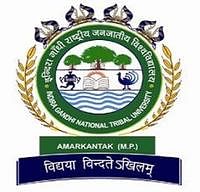
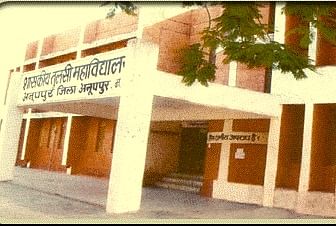
![Government Tulsi Degree College, [GTDC] Anuppur](https://media.getmyuni.com/azure/college-image/small/government-tulsi-degree-college-gtdc-anuppur.jpg)

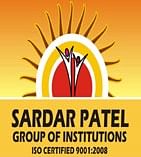


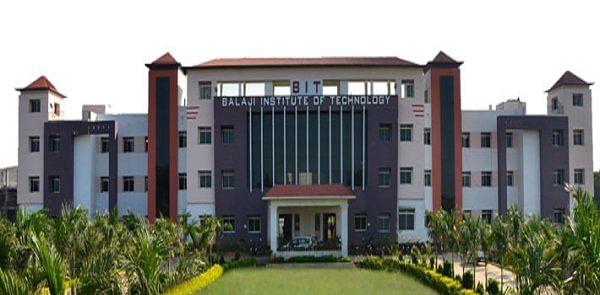
![Balaji Institute of Technology, [BIT] Barwani](https://media.getmyuni.com/azure/college-image/small/balaji-institute-of-technology-bit-barwani.jpg)
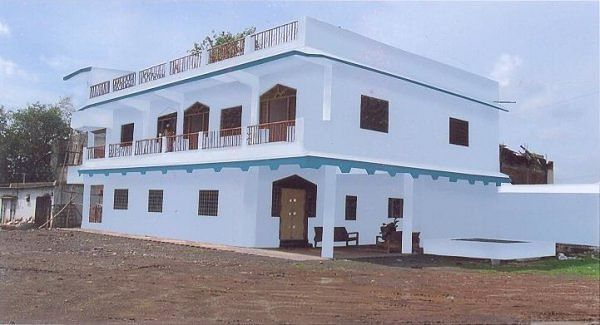
![Renuka Institute of Management, [RIM] Barwani](https://media.getmyuni.com/azure/college-image/small/renuka-institute-of-management-rim-barwani.jpg)
